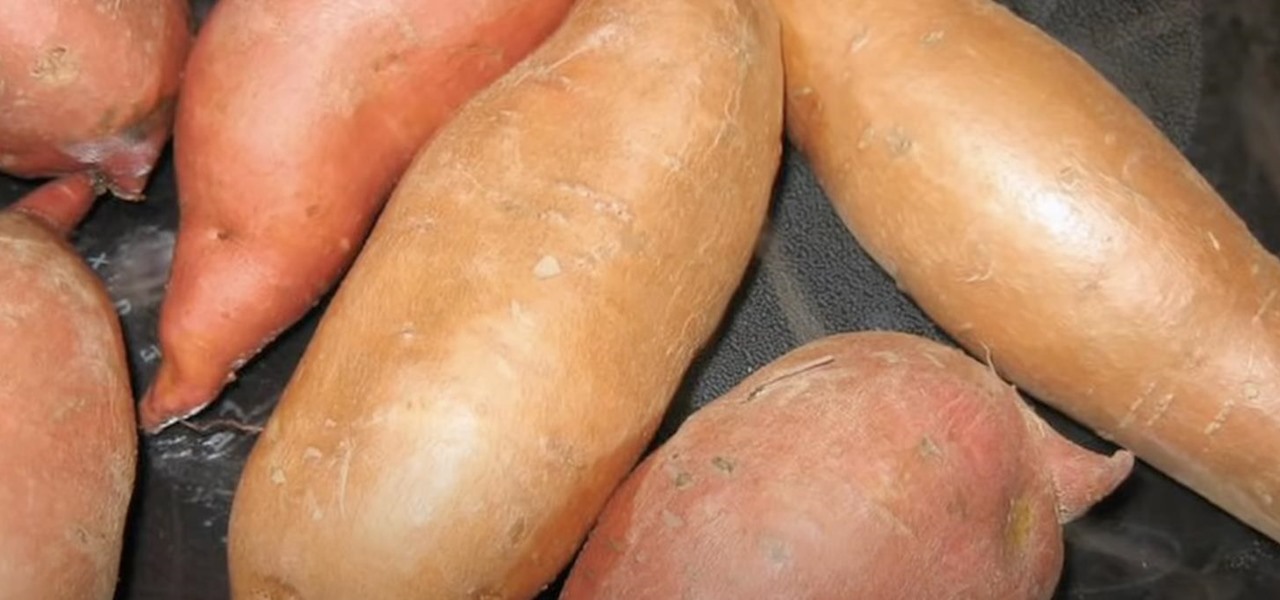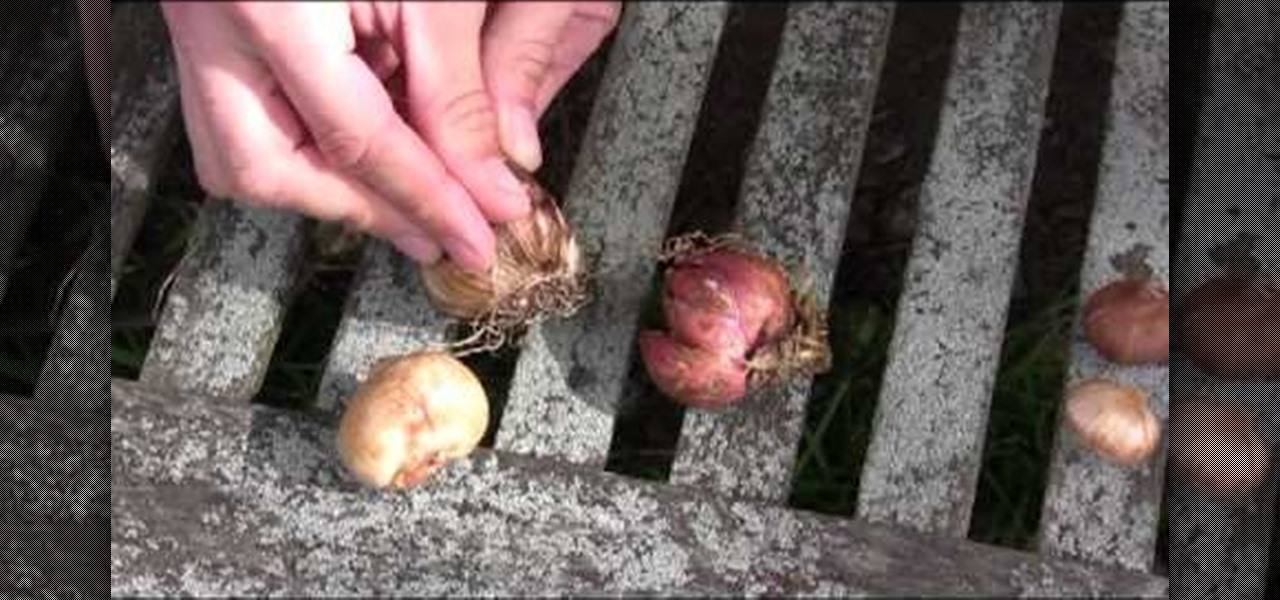

How To: Read a Lowe's plant care tag
This quick video tutorial from Lowe's will show you how to properly read a plant's care tag. Every Lowe's plant has its own Care Tag, and by reading the tag you will earn how to care for your individual plants. Each tag also comes with a number which you can type in at lowes.com/plants. Here you will find more detailed information about your plants. The tags also come in different colors, and these also have a meaning, for example purple tags represent plants that are good in low light condit...
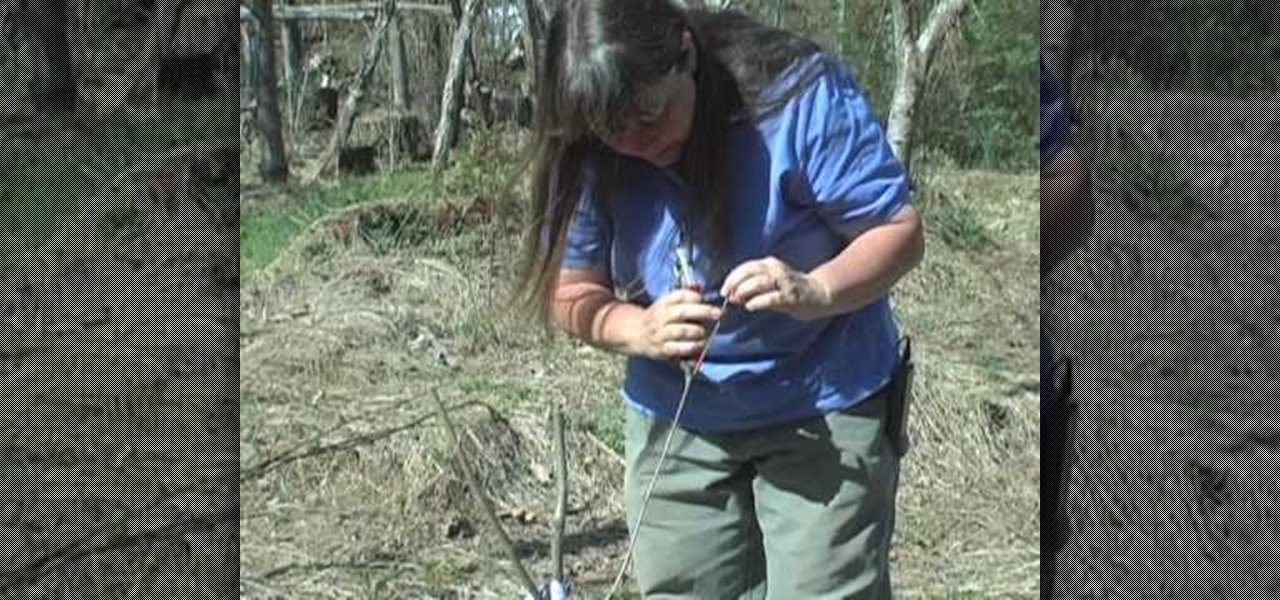
How To: Prune trees into bushes
Pruning is a commong practice that involves removing certain parts of a plant to help improve or maintain its health. It also helps reduce the chances that any branches fall on people and keeping it safe from possible disease. For some trees, instead of letting them grow to giant proportions, you can actually prune them to a certain point so they instead grow to be the size of bushes.
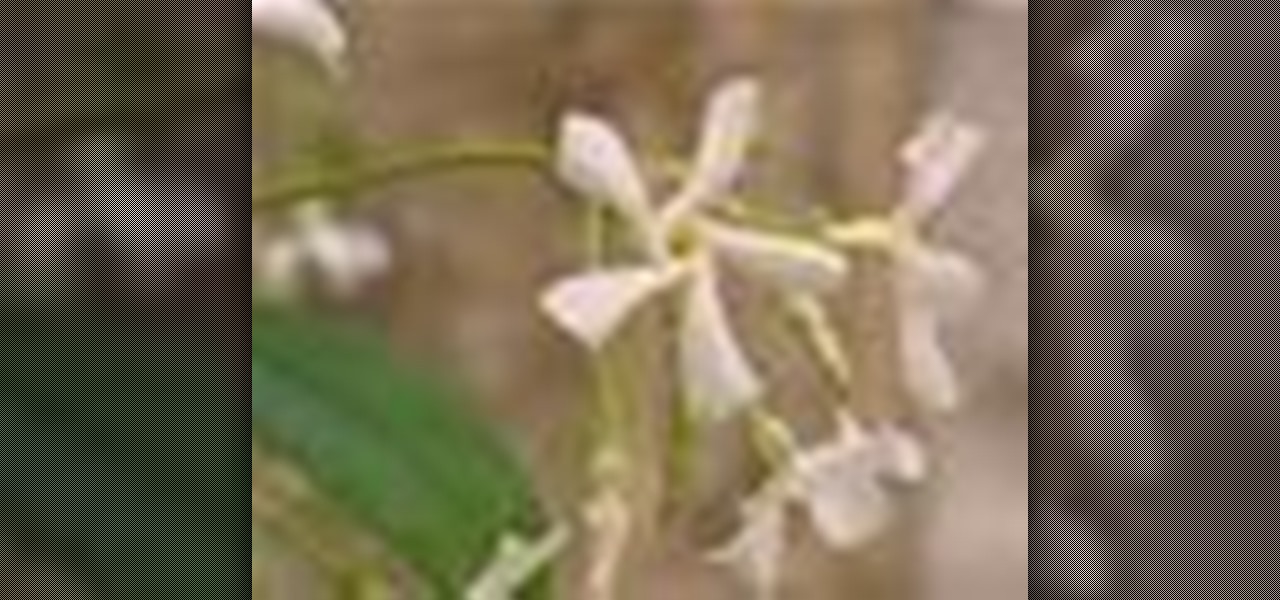
How To: Repot a jasmine plant
Monty Don offers video guidance on repotting a star jasmine, with advice on retaining moisture and limiting root disturbance.

How To: Transplant Papaya Trees
Papaya trees are very vulnerable to transplantation shock. Seedlings tend to recover slowly and poorly after replanting in a new location under a sunny sky. Many internet articles advise that papaya trees should be transplanted without injury to their root systems. Keeping the root systems intact is next to impossible if the papaya seedlings are too close to each other. However, you would be surprised to learn how a papaya tree with serverely broken root systems can survive a transplantation ...
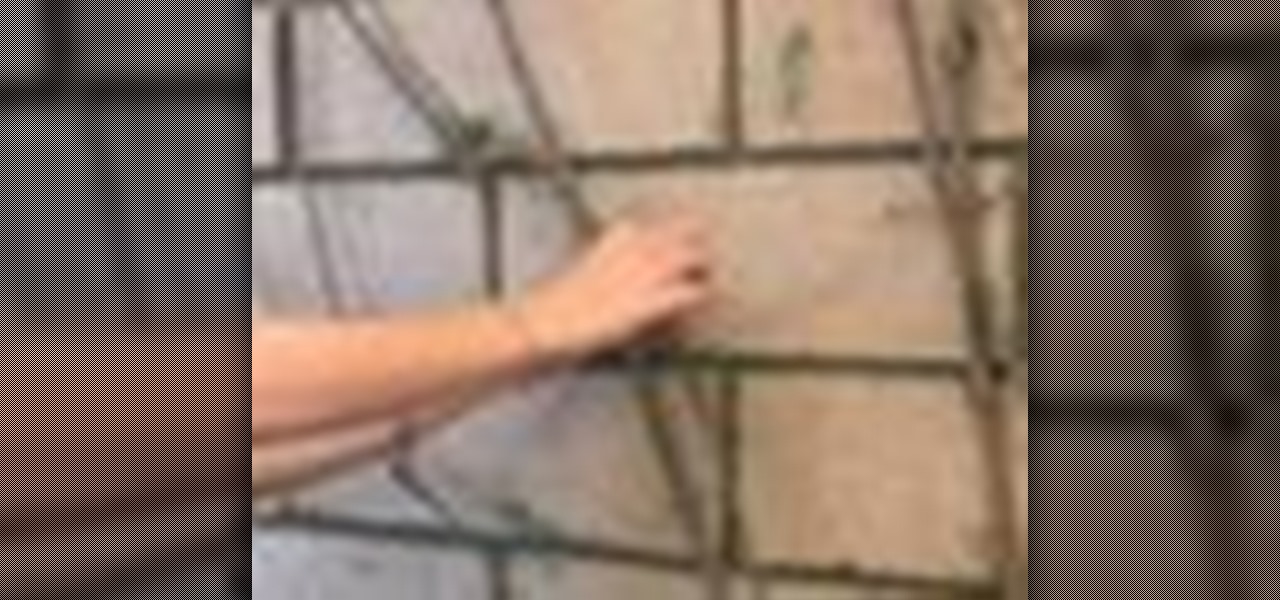
How To: Train a vine
Vines create the perfect look when grown over a trellis, arbor, or arch. You Will Need
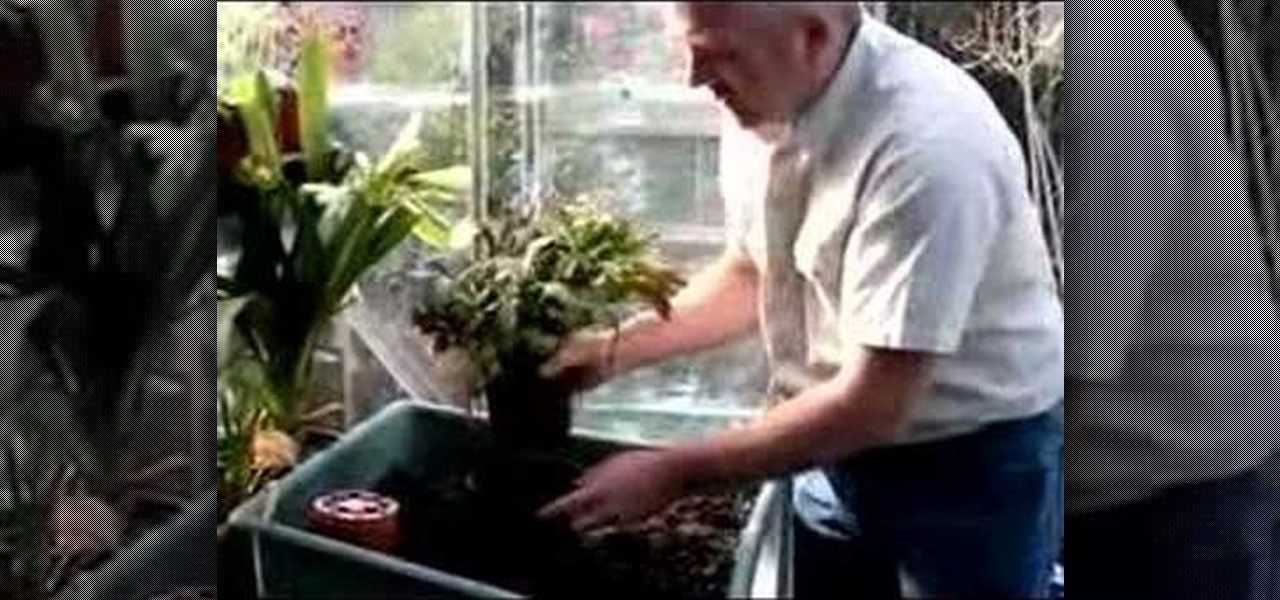
How To: Repot plants
Potted plants of all kinds, whether in the house, greenhouse or outside, need repotting eventually. There are several reasons, the most obvious being that they simply get larger and top-heavy. Most houseplants don't need repotting that often because, if we give them plenty of liquid fertilizer in the growing season, they won't be short of nutrients and should therefore be healthy.
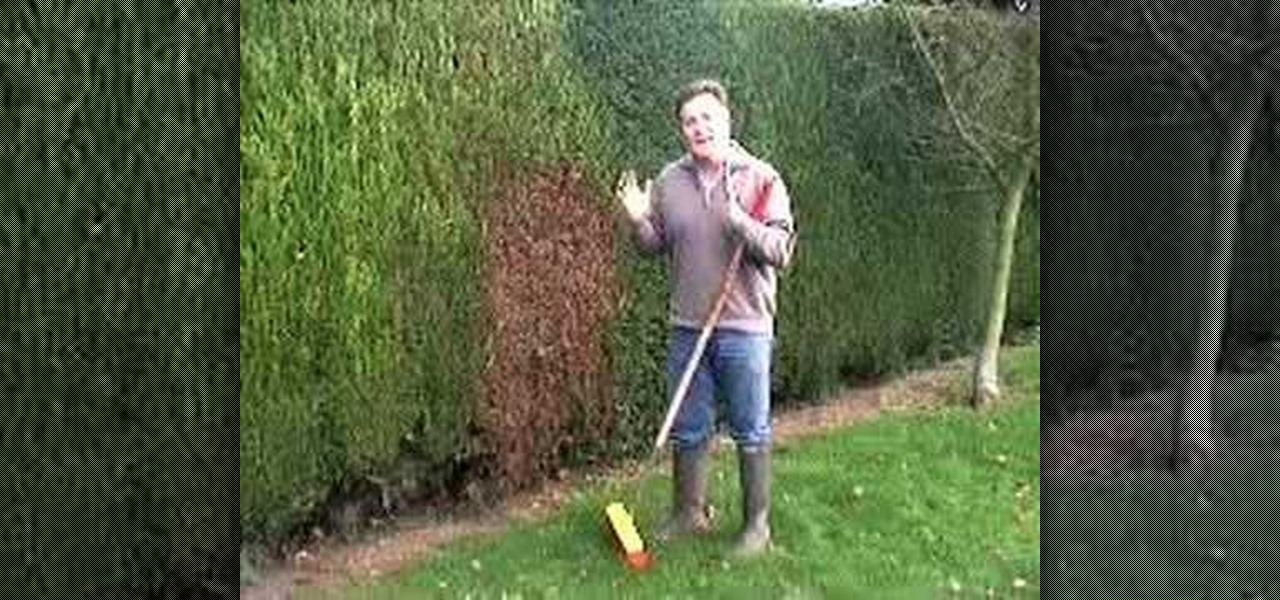
How To: Deal with brown patches on Leylandii hedges
Over the past few years brown patches on leylandii hedges has been a real problem in some areas. These patches are caused by conifer aphids that feed by sucking the sap from the new shoots. In this gardening tutorial, Martin Fish from Garden News shows you how to deal with brown patches on your Leylandii hedges.
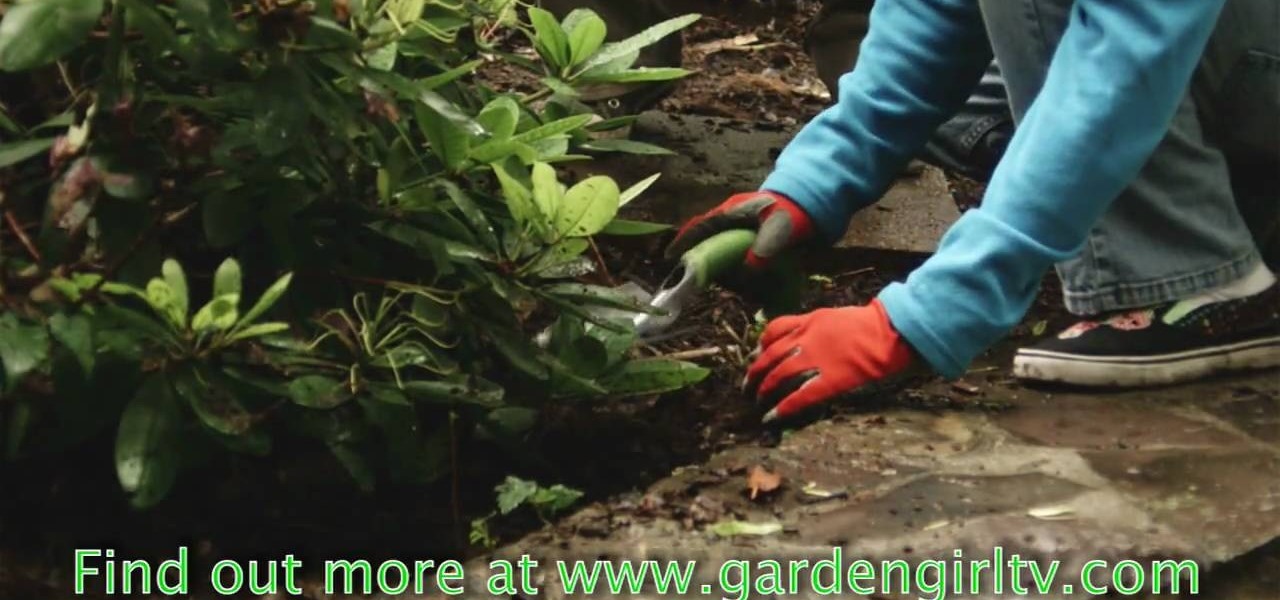
How To: Plant strawberries as ground cover
GardenGirltv shows viewers how to plant strawberries as a ground cover! With a strawberry patch or field you will have to always continually plant strawberries! The plants will last a few years and every year you should add new plants to your areas for each year. First, you need to get a bundle of strawberry plants you need to rake the area you are planting them in. Make sure you put each plant 18 inches apart. First, you should take your strawberry plant dig a trench, lay it flat and cover i...
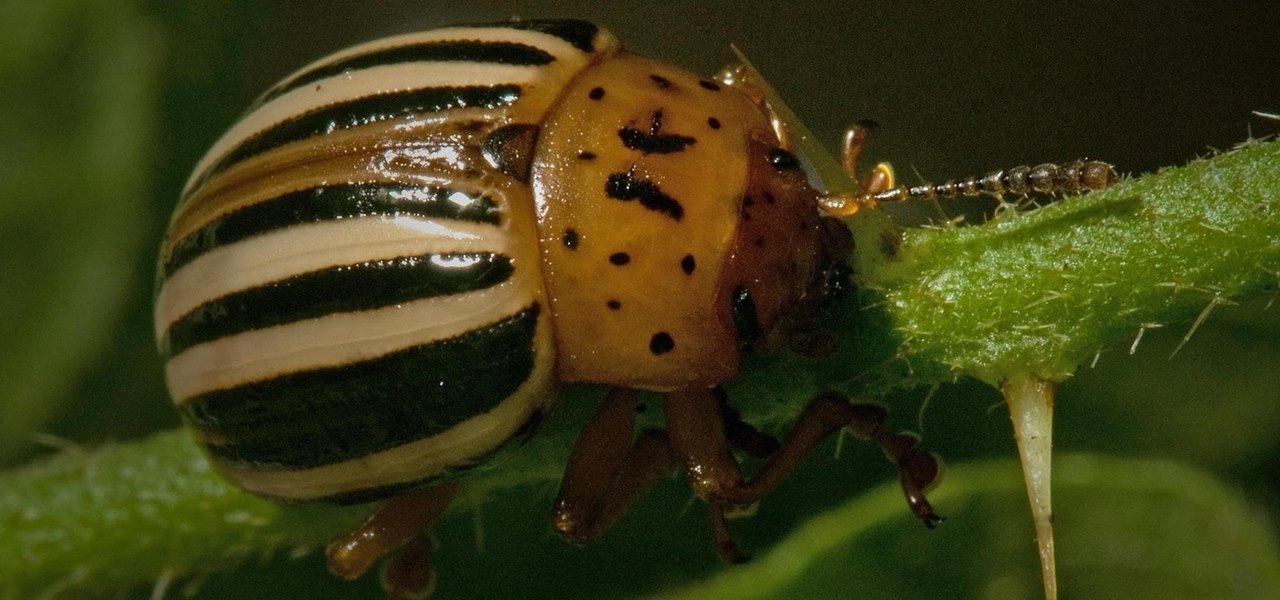
How To: Get Rid of Plant-Eating Pests Using 100% Natural Solutions from Your Home and Garden
Navigating through row after row of plants, my tiny fingers would reach into the leaves to pluck all the vile little creatures from their homes and deposit them into a can of gasoline. Potato bug duty, my least favorite gardening chore. Growing up, my family had a small garden every year. And every year, I was recruited to help plant, maintain, and eventually harvest the vegetables from it. There were some tasks I didn't mind, but the ones I hated most usually involved bugs (have you ever see...
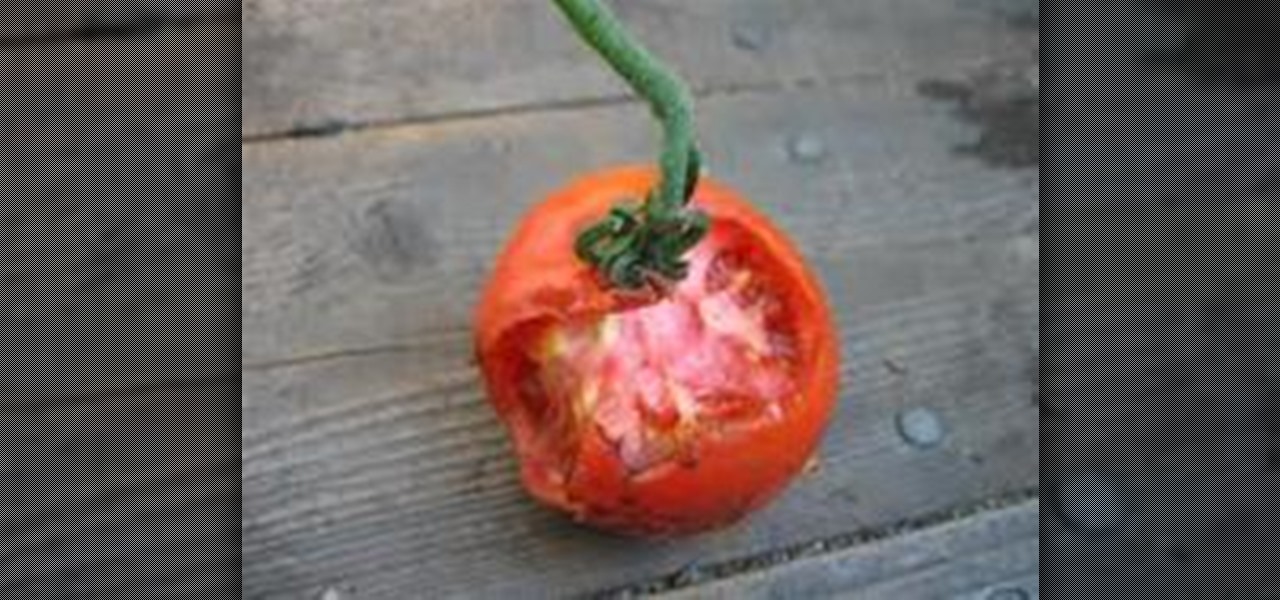
How To: Save Your Tomatoes From Rats And Rot
Every summer my husband and I plant a tomato plant. We do this to enjoy the plump red tomatoes right off of the vine.
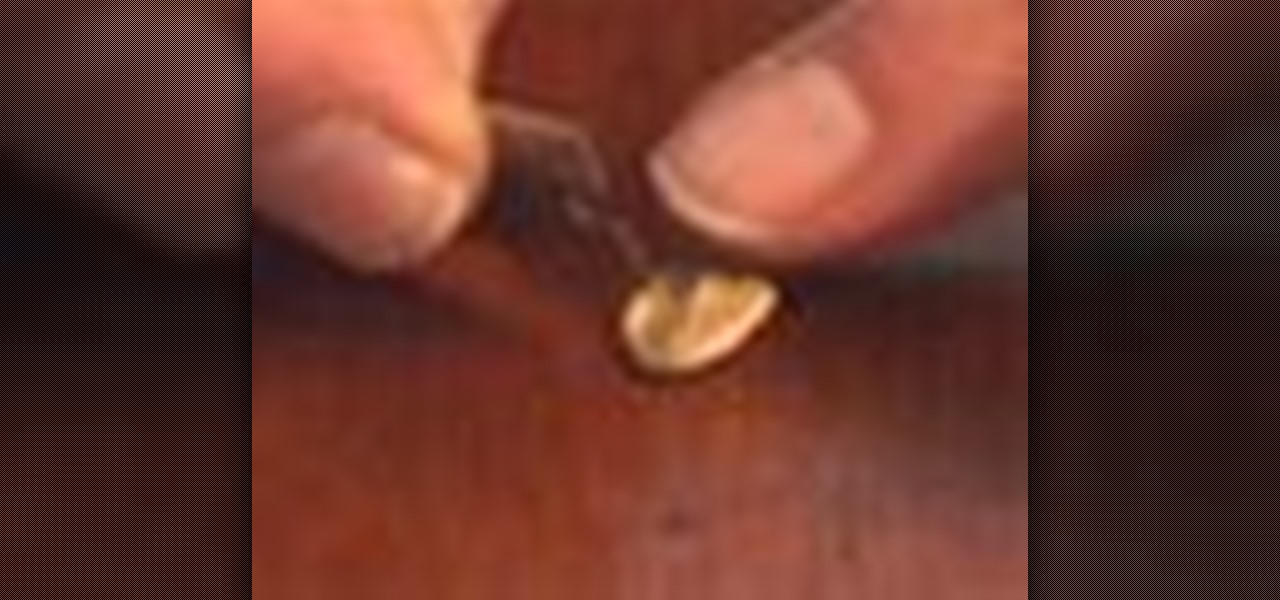
How To: Help seeds grow faster by nicking them
Most seeds have a thick outer shell meant to protect the soft inner seed. 'Nicking' is a gardening technique to remove the outer shell so the seed will germinate faster in your garden after planting. You can use water, sandpaper, a nail file or even sulfuric acid to nick your seeds.

How To: Grow Juniper bonsai from cuttings
First of all you have to take the branch of the juniper tree. You can do this activity in the early spring which is the months of February and March. Take a very sharp knife and then peel the bark until you see green color. You have to tear the bark down until you see the greenery below the bark and that greenery is called cambium which is extremely thin. You have to use your knife to remove any kind of knots from the bark. Now you have to dip it in the “RooTone” which is a rooting hormone an...
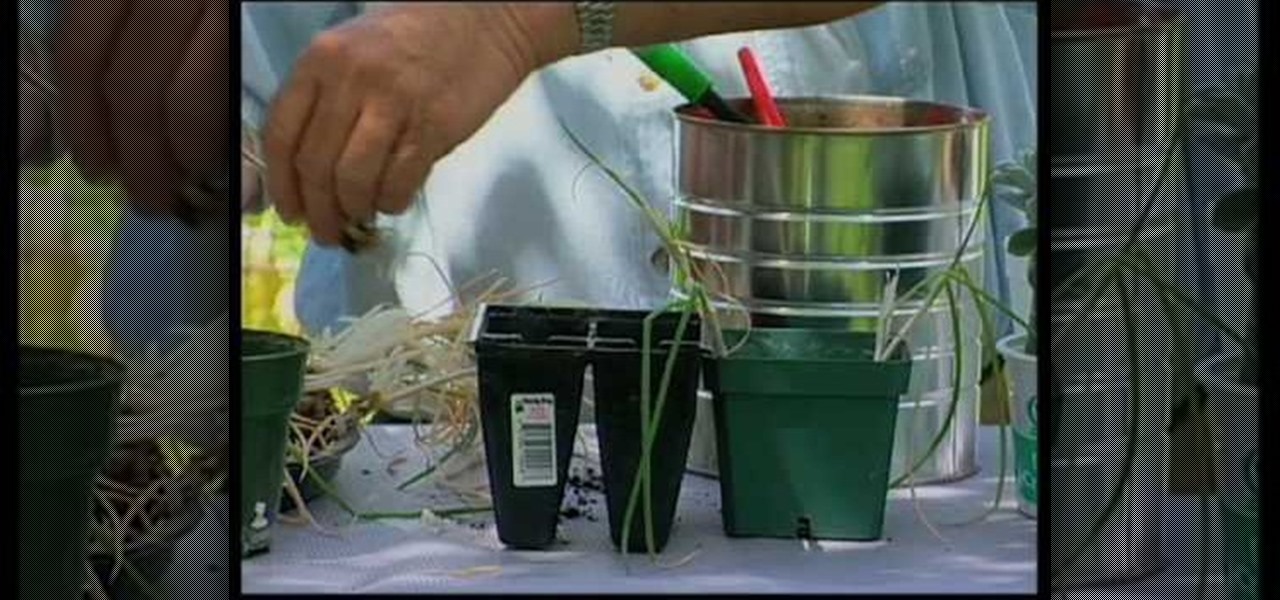

How To: Create a bog garden in a container
Learn how to create a bog garden in containers with this gardening tutorial. There are some lovely plants for growing in damp, boggy conditions, but if your soil is well drained and dries out quickly these bog plants will struggle to grow. A simple way of growing bog plants is in a large container such as a half barrel that has no drainage holes in the base. The barrel when wet will seal and hold water very well keeping the compost moist at all times. What you may need to do if the barrel is ...

How To: Make Your Own Whitefly Sticky Trap
This is a cheap and easy way to make a sticky fly trap that can catch tons of whiteflies. Get a can of Tanglefoot’s Tangle-Trap Sticky Coating. I stored this in the greenhouse which may not have been a great idea, as you can see by the amount of rust there is on the can.

How To: Get skunks out of your garden and off your property
Skunks aren't popular anywhere, and no one wants to risk getting sprayed by one. You can keep skunks at bay by using garbage cans with tight-fitting lids, setting up cage traps and installing floodlights and a sprinkler system in your garden.

How To: Organize your garden by making plant markers out of spoons
Start with some old spoons. Then, on a concrete surface, hammer them flat. Once they are sufficiently flattened, trace letters onto the spoon and then stamp them on using a steel stamper (which you can find at a hardware store). Then, all you have to do is plant them in your garden!
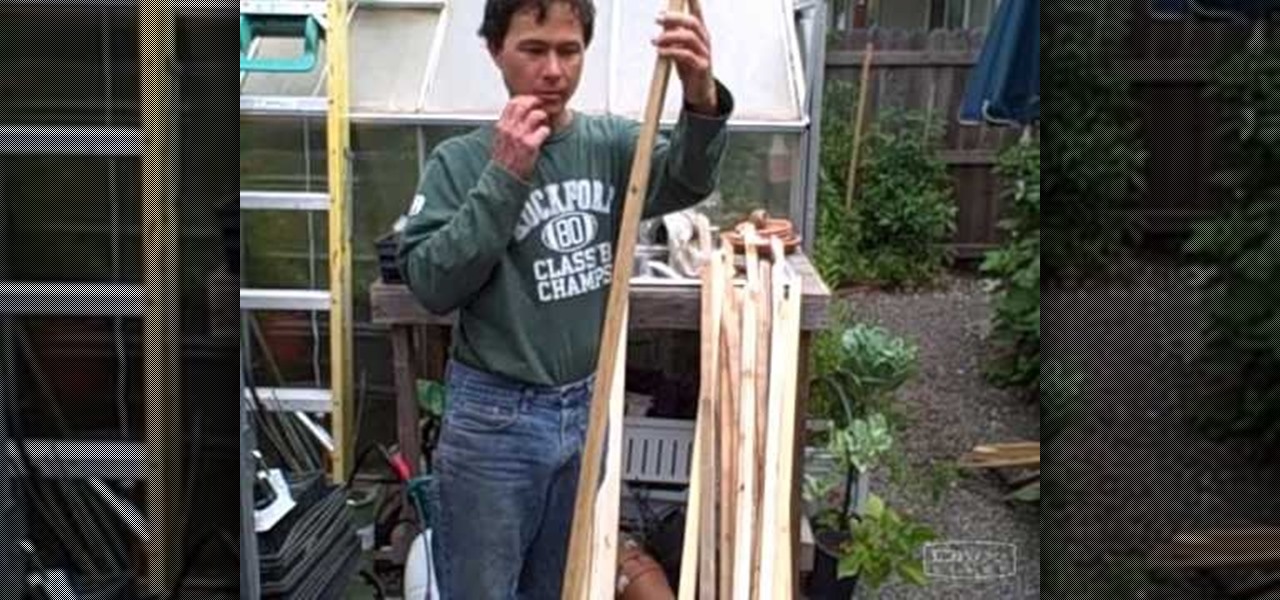
How To: Make gardening tomato stakes out of cedar or redwood fence boards
Keeping your garden tomatoes free from pests and insects is no easy task. Luckily you don't have to spend a lot of money to help your tomatoes grow to be their best. Staking your tomatoes will lift them off the ground, away from pesky insects, and protecting them from pests. In this video you'll learn how to make your own garden tomato stakes with cedar or redwood fence boards, which will save you a lot of money in the long run!
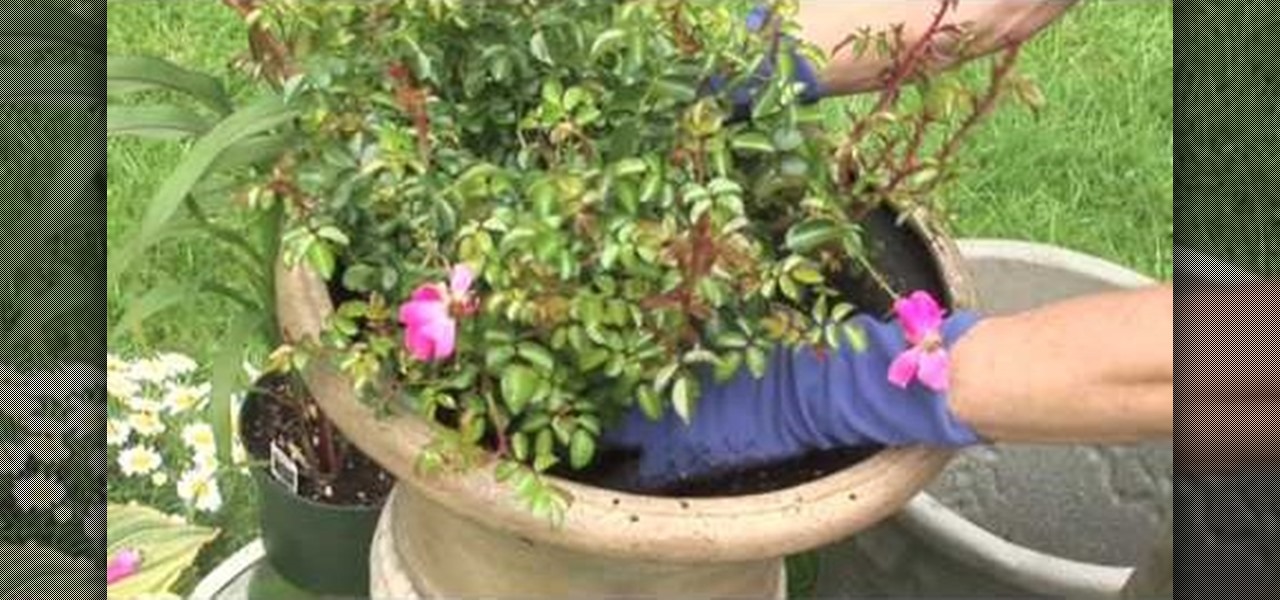
How To: Plant carpet roses in a container
If you're looking for a way to add more flowers to your garden, but are out of space, then try using a container. Containers are perfect for holding one or several different types of flowers. Roses can also be grown in containers as well.

How To: Graft eggplant and tomato plants together
Grafting plants together is the oldest and thus far most important kind of genetic engineering practiced in the world. This video features a farmer demonstrating how to graft plants together, using a tomato and a eggplant as an example. He aims to create an eggplant that will yield for longer by grafting the tomato plant into it. Learning these skills will allow you to expand the world of your gardening by creating your own plants!

How To: Care for Mexican elder tree
In this video from nmsuaces we learn how to care for the Mexican elder tree. This is a widely used tree but it is not a good windbreak tree. It could have limb breakage. It's native to northern Mexico and southern California and is found in New Mexico. The sprouts on the tree need to be broken off the sides of the tree otherwise they are taking energy away from the rest of the tree. When it goes through its dormancy, you need to keep dead wood out of it. It needs a water source near it but it...
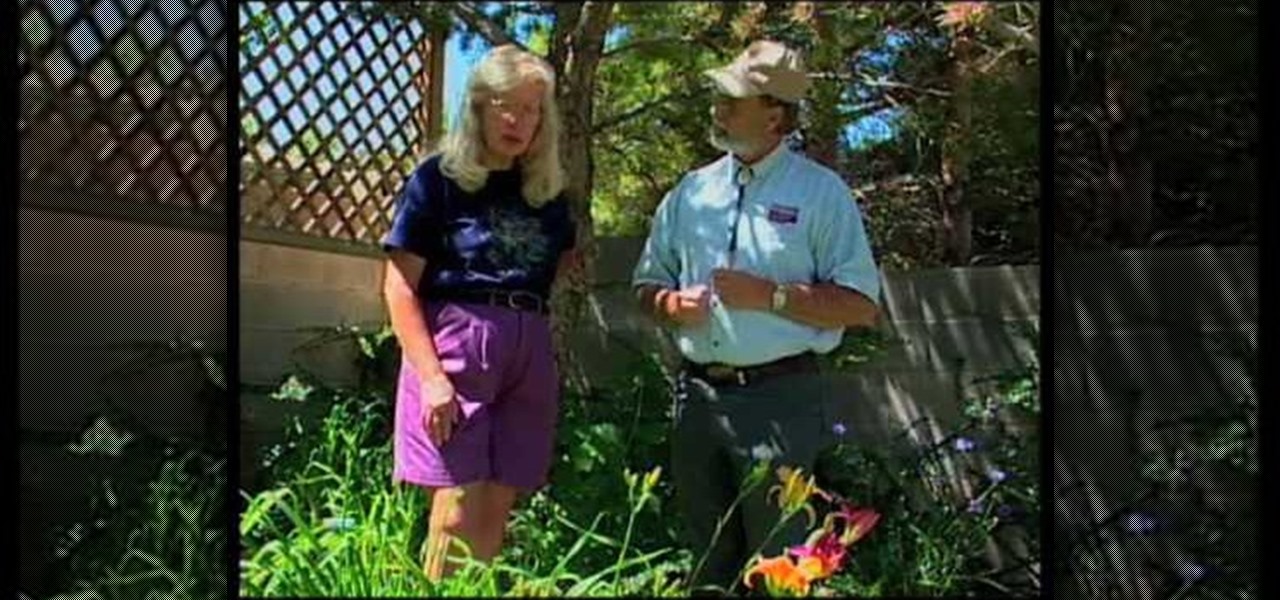
How To: Turn a steep backyard into a terraced garden
First of all you have to start by terracing all the lands. Now select the varieties of trees that you want and start planting them in your garden. These trees shall help you in checking soil erosion. You may also use rocks fro land scalping and also checking soil erosion. Now you can plant ‘daisies’ all around the garden. These grow very fast and then they help to bind all the soil together. However you have to check their growth because they compete with other plants for the nutrients. They ...
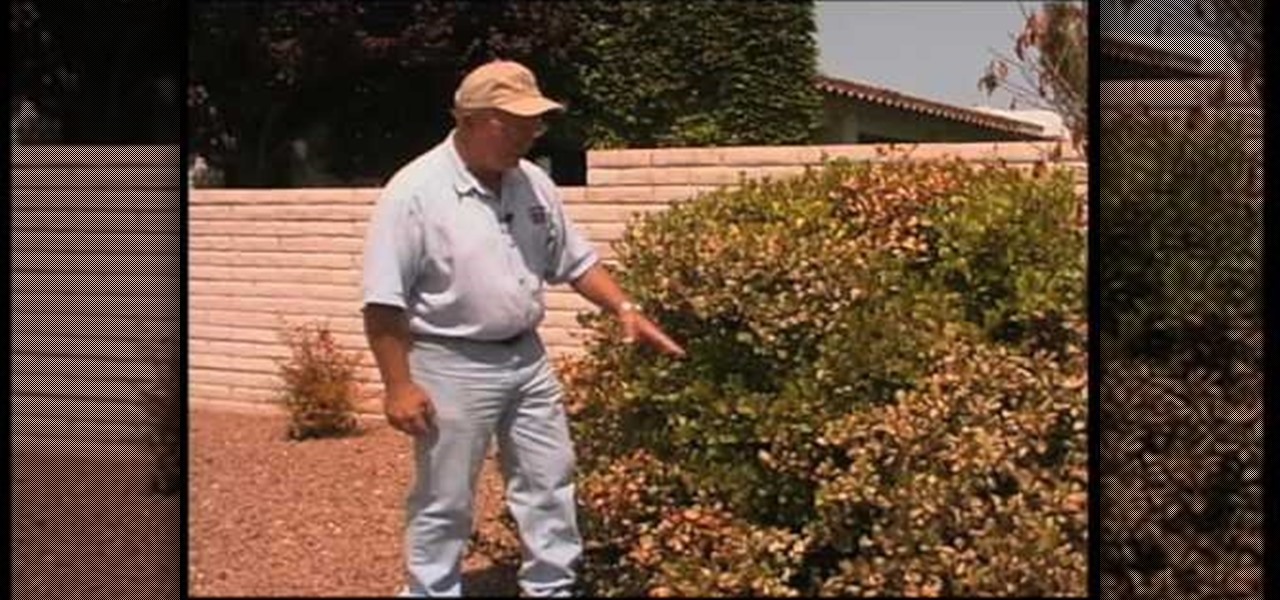
How To: Identify tree damage from a natural gas leak
In this how-to video, you will learn how to indicate if tree damage has occurred due to a natural gas leak. In this example, a Mexican Elder tree has been damaged by the gas leak. You can tell by the brown leaves. The plastic around the soil has trapped the gas in the soil, cutting off the oxygen from the tree. The Indian Hawthorne in this example has also been damaged. There is some foliage burn on the leaves. The bush will have to be trimmed back in order to save it. There are several plant...
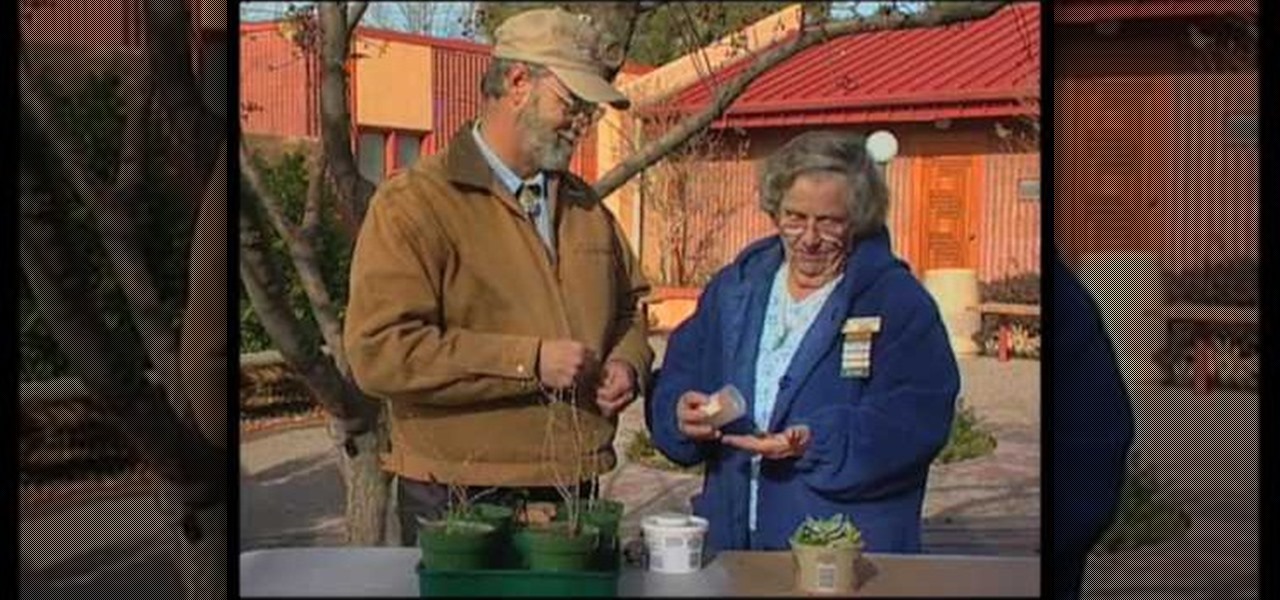
How To: Care for and transplant small house plants
This is a great way to learn how to upgrade your small house plants into bigger ones. Start over plants once a year. Put rocks on the bottom for drainage. Bugs help your plants to grow. Do not use Pesticides on your house plants. Water weekly. Compost bins make great soil. Sweet potatoes that have roots growing off of them put in a glass of water and wait for them to grow roots. Give you plants at least six hours of sunlight daily. They also like when you talk to them and touch them you can c...

How To: Power carve a bonsai
Carving a bonsai tree can be an interesting and rewarding experience. One may think that the tree would be injured in this process, however the process can actually strengthen the health of the tree. The first step when carving a bonsai is to reduce the height of the tree to about one meter. The necessary tools required consist of: a high speed grinder, a rotary cutter, and a weasel. The rotary cutter is good for removing large amounts of wood. Before beginning to cut the tree look at the tre...
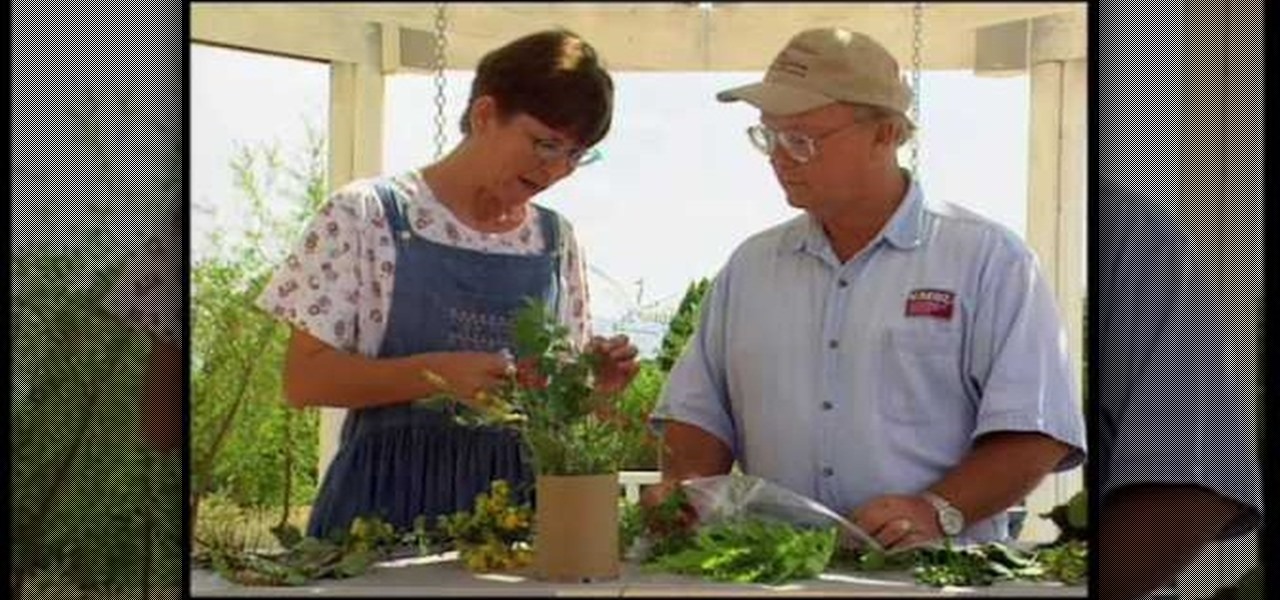
How To: Identify a spittle bug on your salvia
Great video by Southwest Yard & Garden. tutorial on how to identify garden pests on your plants & shrubs. Went into detail on the Salvia plants - always be careful spittle bugs, they produce spittle commonly on Salvia plants. Whiteflies and aphids are known to take residence in Ash trees. Aphids commonly take on the look of mildew. Ways to manage moths for apples, you can use insecticide spray but be conservative. Took a look at signs of Cochineal Scale on a Prickly Pear. Went over ways to ta...
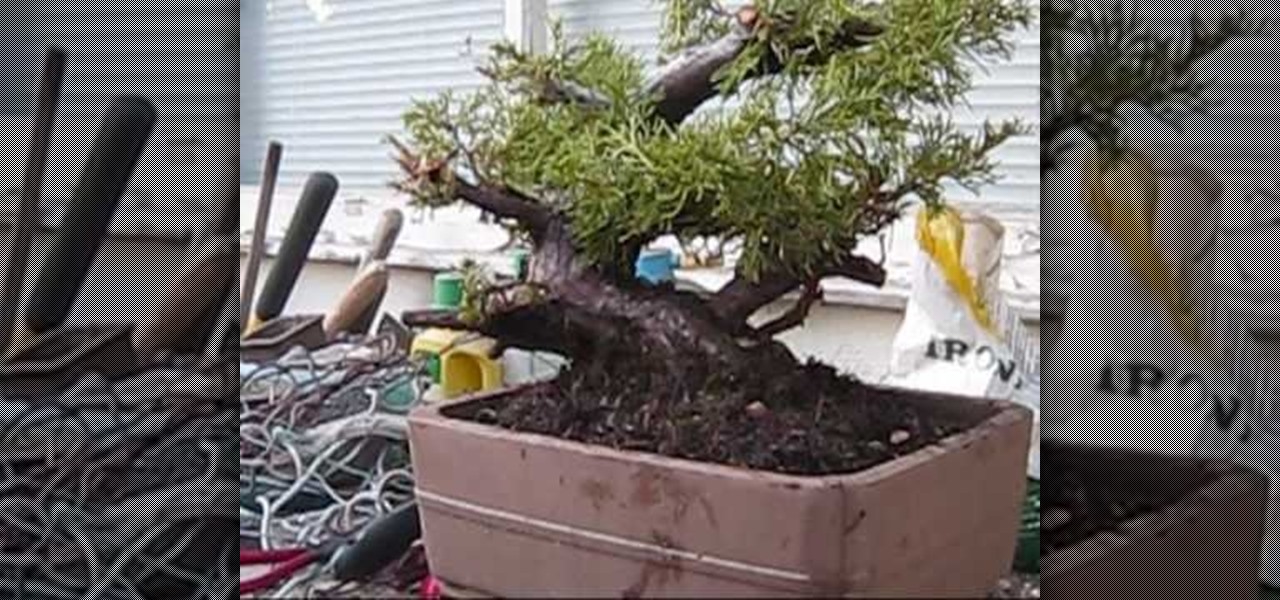
How To: Repot a juniper bonsai tree fall
When re-potting a juniper bonsai tree you're going to have to go through the following procedures. First get it out of the existing pot and then rake out the soil at it's base. After doing so for a while, blast the soil with a water jet. If by chance you encounter stubs of ground level branches, try to remove it with a cutter, otherwise use a pruning saw. Now go back to cleaning and reducing the root mass, having done so as much as possible move the tree into another container. Start backfill...
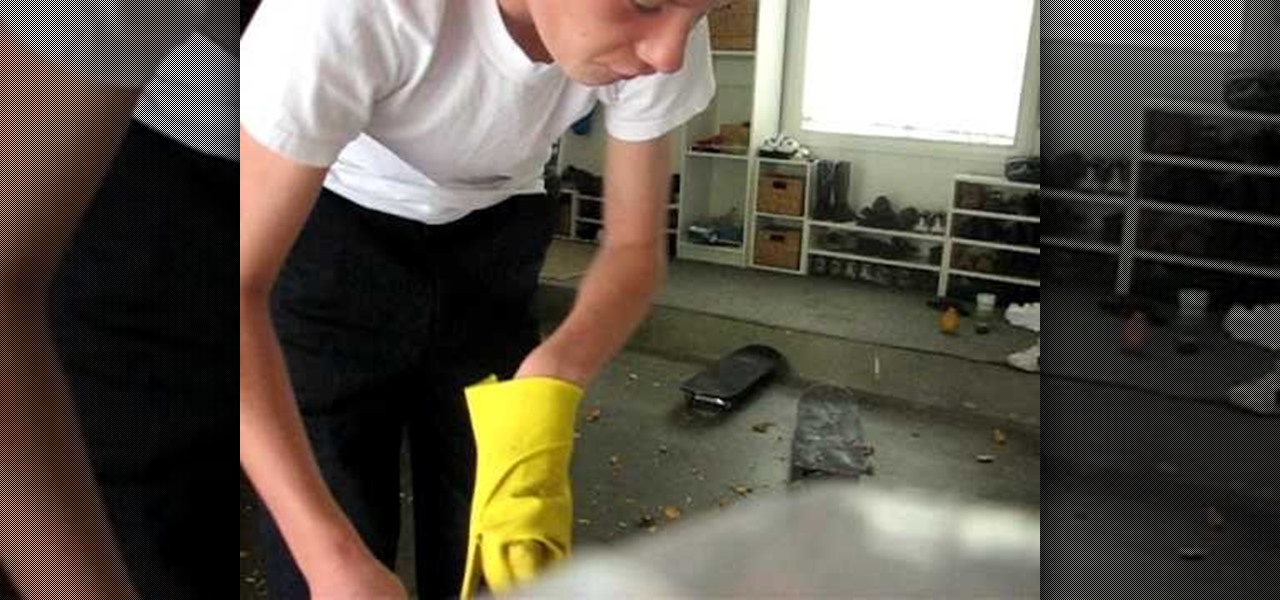
How To: Make a worm farm
To make a worm farm, you will need mud, water, a fruit or vegetable and a big container. First, fill a big container full of mud. Add water to it. Then, cut up your fruits or vegetables. Add your fruits or vegetables to the container full of mud and water. Next, put on some work gloves, grab a spade and collect worms from the outside dirt. You can also purchase them, if you'd prefer. Add the worms to the big container. After about two weeks the worms will start to reproduce. After about four ...

How To: Make a soil sifter with hardware cloth and wood
Danny Lipford shows us how to filter rocky soil in a flower bed in this informative video. By stapling 2 pieces of 2x2 to a hardware cloth, a mesh is produced that can be clipped onto a wheelbarrow. A home-made sifter of this variety, without a solid frame has the distinct advantage that you can pick it up and toss the filtered out rocks to the side after use. The sifter could also be used to filter the clumps that appear in fertilizer bags, or even masonry sand. The resulting filtered soil i...

How To: Grow tomatoes in a container
Nothing says fresh and delicious like a ripe tomato from your home garden. This horticultural how-to will walk you through the fundamentals of container tomato gardening and present you with a list of the basic materials you'll need to get started growing your very own tomatoes.
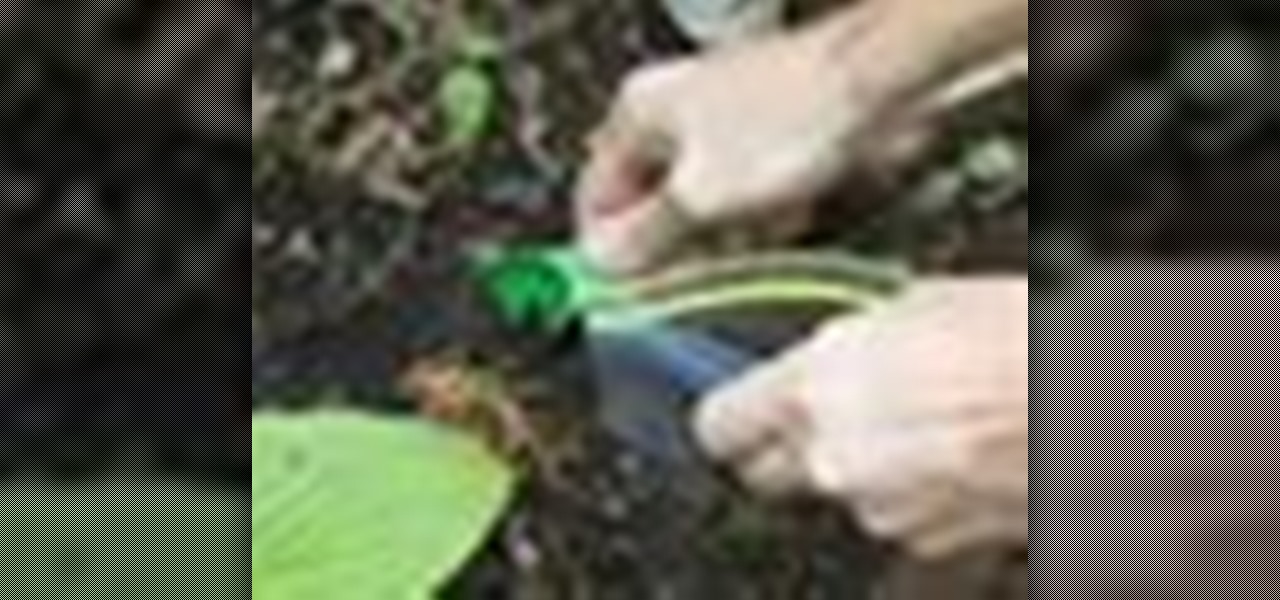
How To: Choose plant fertilizer
To grow beautiful flowers and plants in an outdoor garden, you need to feed your soil the right plant food – a fertilizer that will help your plants thrive. Watch this video to learn how to choose plant fertilizer.

How To: Grow your own pineapple at home
Growing a pineapple doesn’t take a lot of skill, but it does take a lot of patience—two to three years worth, to be exact. Learn how to grow your own pineapple at home with this video guide.

How To: Divide and pot Canna lilies
If you want some large, bold foliage in a border during the summer, canna lilies take some beating. They are really easy to grow either in the border or large pots and produce large paddle shaped leaves and tall flower spikes. Canna lilies aren't hardy plants so unless you live in a very sheltered area it is wise to dig them up in autumn and store the fleshy roots in a frost free place. Increasing your stock of canna plants is very easy with the tips from this how to video.

How To: Repot Canna lilies
Learn how and why you should repot Canna lilies before the winter with this gardening tutorial. This is a quick and easy process of digging up the lily, potting it and bringing inside the home or greenhouse, and it has many benefits. Find out how to keep your Canna lilies healthy over the winter with this how to video.
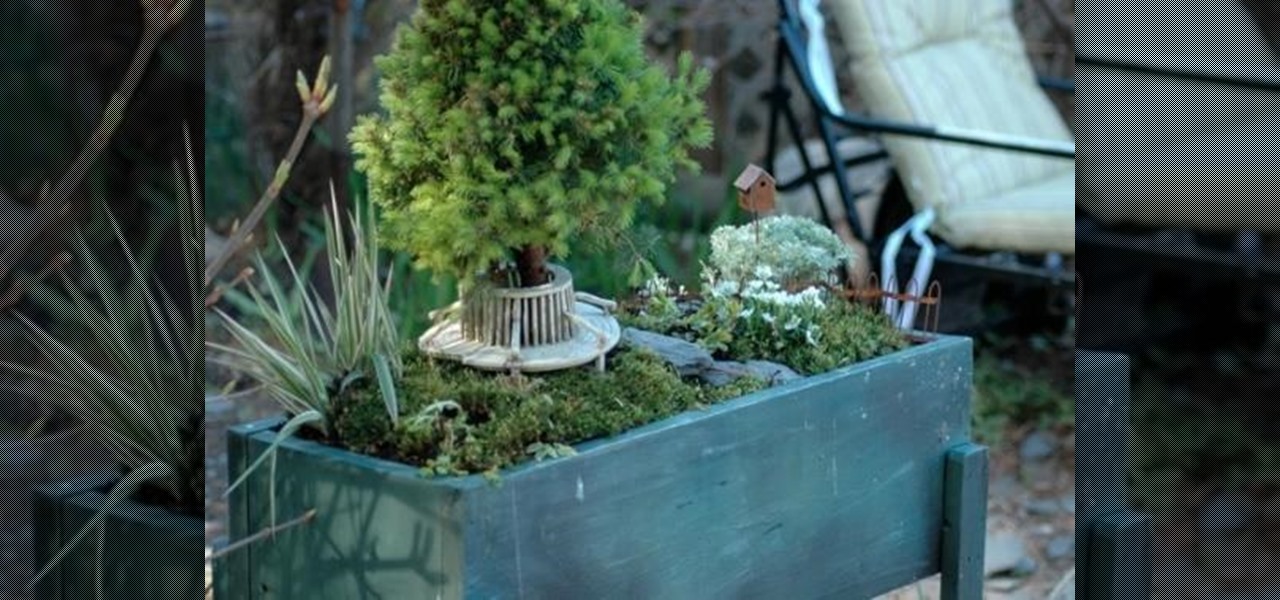
News: The Wonder of Plants
Have you seen all the adorable miniature garden ideas? Containers of some sort (wood boxes, planters, drawers, wheel barrows, bird baths…) hold a little scene full of tiny living plants along with little adornments like garden benches, hardscapes and paths. They are absolutely enchanting for all ages and how fun to shop the house and find special little things to decorate your tiny garden whether indoors or out. Not only can you plant real, live tiny plants in your garden. Consider little suc...
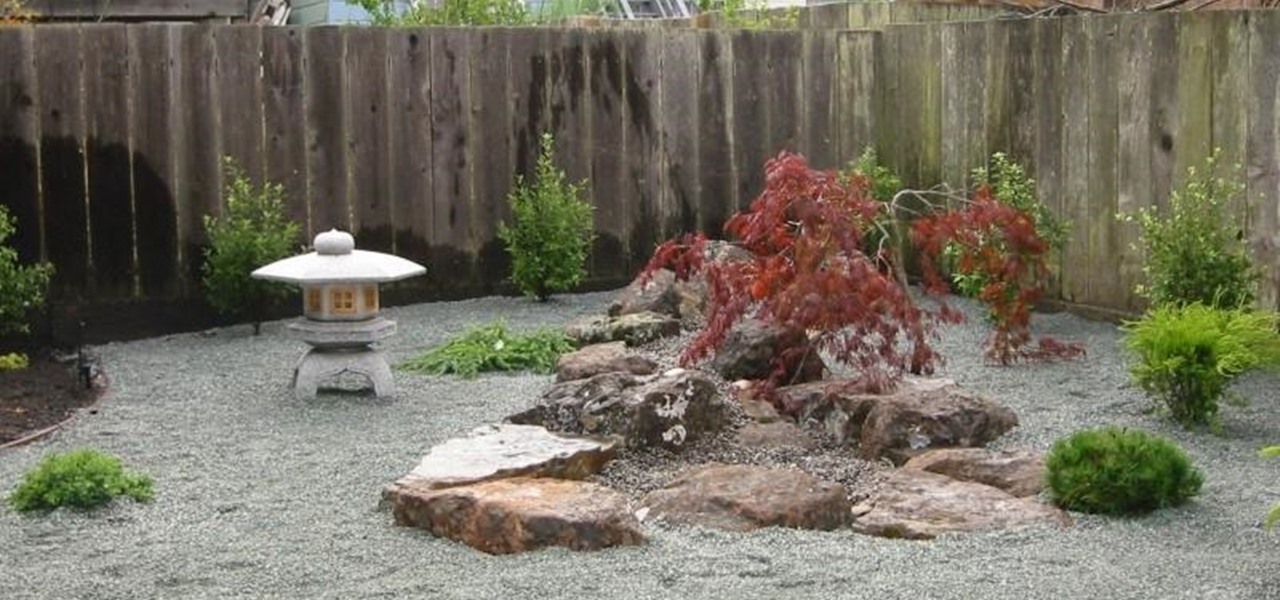
How To: Create Japanese Style Landscape
So you've decided to transform your drab backyard into a Japanese Zen garden. You've made the right choice. Yes, tire swings and crab grass can slowly kill the soul. That being said, a bit of planning lies ahead. This article offers a list of How To tips, culled from the Landscape Network and other professional Japanese style landscapers, for planning an effective Japanese style landscape in your home. Step 1: Research.
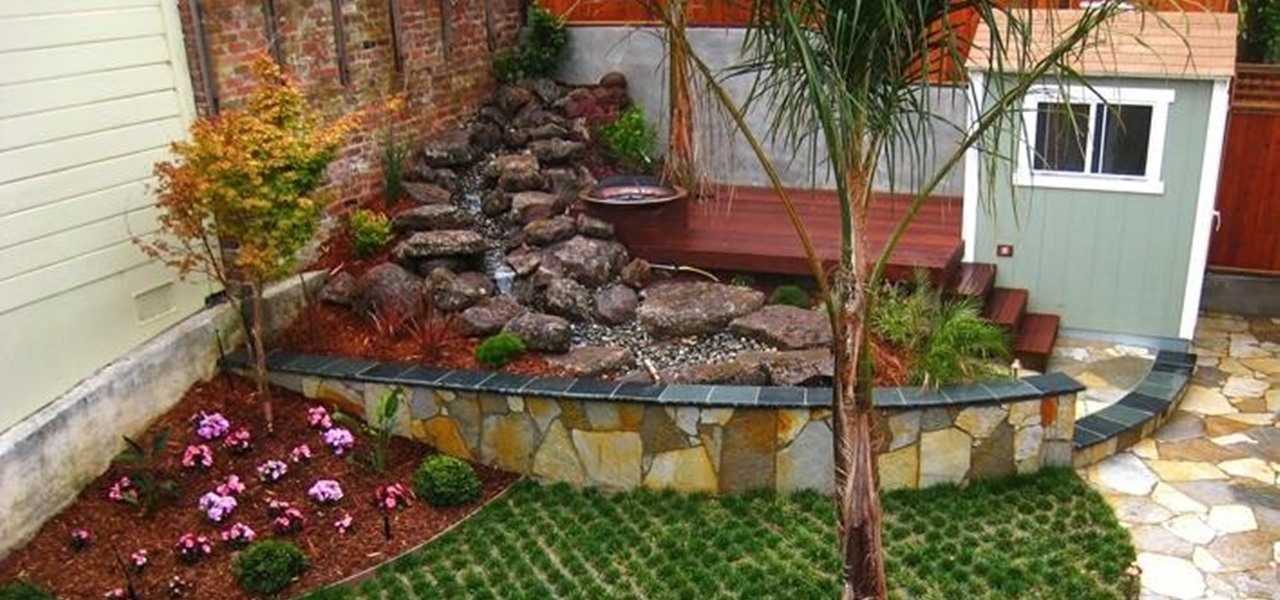
How To: Choose the Right Water Feature for Your Garden
Adding water features to your garden can help to create an enviroment that more closely resembles nature. The sound of a trickling fountain can make your garden feel more peaceful and relax. Paul Tamate, a leading landscape designer working with water features and Asian-inspired garden designs in San Francisco says, "design spectacular water features as the centerpiece of gardens that serve as retreats from modern life."

How To: Alternative Easter Eggs
How to make eggshell planters. Great fun to do with the Kids this Easter Step 1: Watch This Video Guide

How To: Prune Grape Vines Using the Four-Arm Kniffin System
This how-to will show you easy step-by-step instructions for pruning your grape vines for growing great grapes.
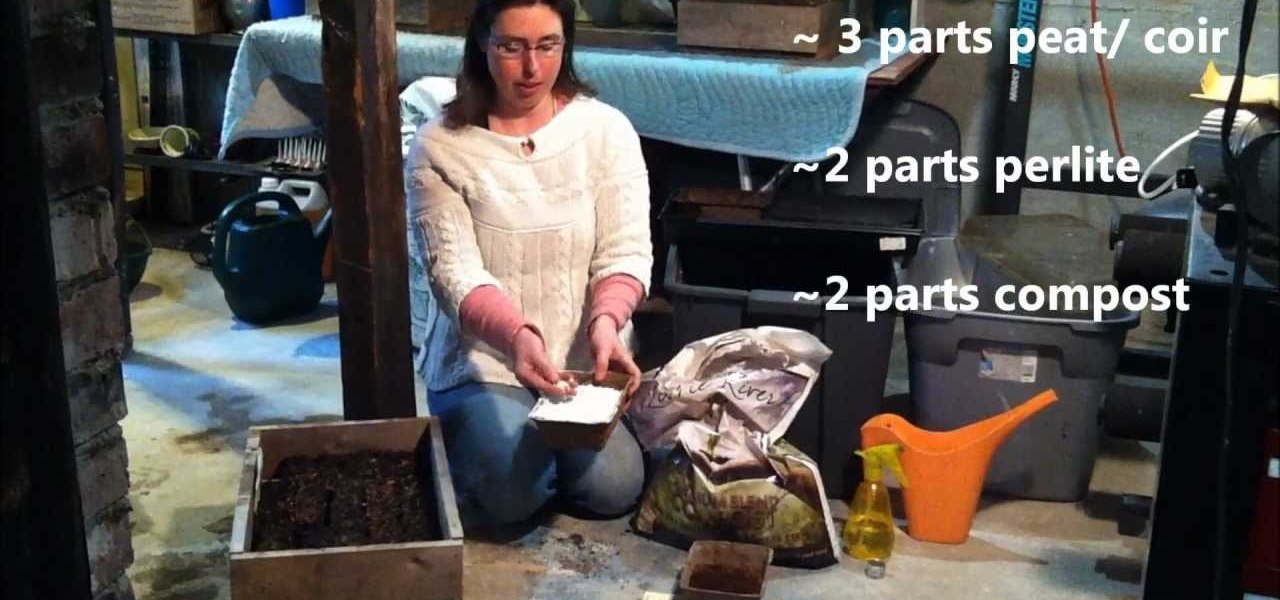
How To: Start Your Own Organic Seedlings Indoors
Starting your own seedlings is a great way to save money, have a wider selection of varieties and gain personal satisfaction. Here are easy to follow tips on getting your seeds off to a great start.



